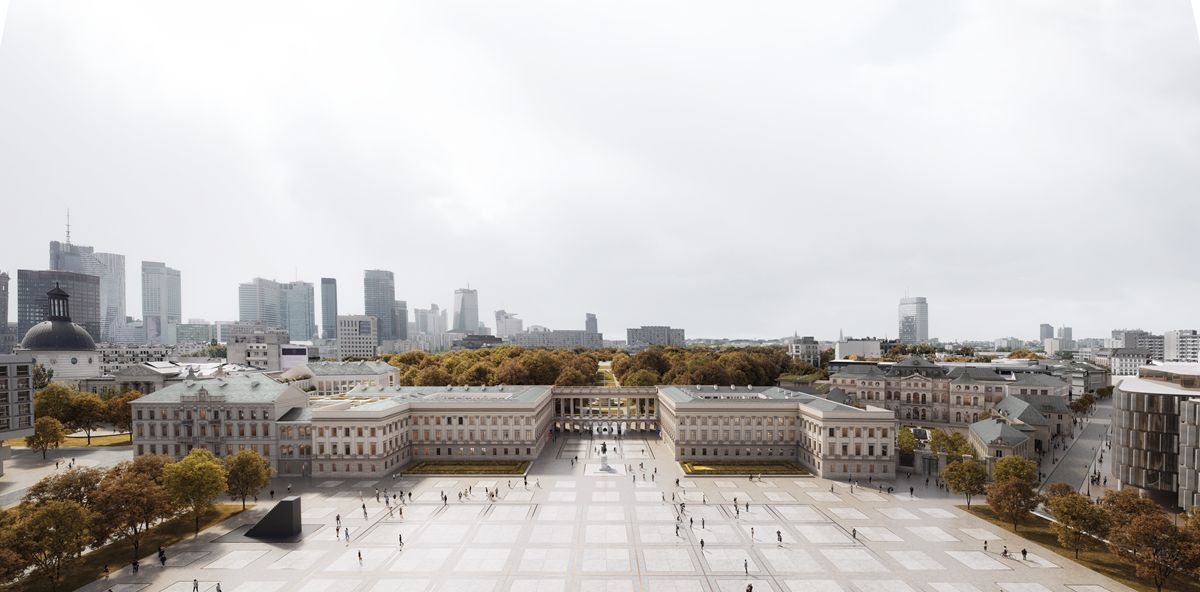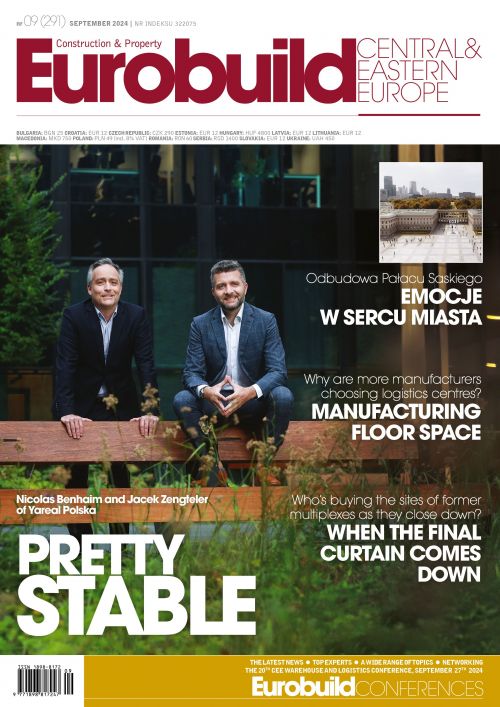Warsaw’s Old Town was rebuilt just after World War II, but the decision to rebuild its Royal Castle was taken 25 years later. Plac Piłsudskiego, meanwhile. has been waiting to be restored to its former glory for the last 80 years. The reconstruction of the Saxon Palace will not only be the final act in rebuilding the city’s Trakt Królewski axis, but most of all it will return a building of symbolic value to the nation. This development, in a place of such importance to the city, is not only a long-awaited undertaking but one that profoundly touches the emotional heart of the city’s residents































































